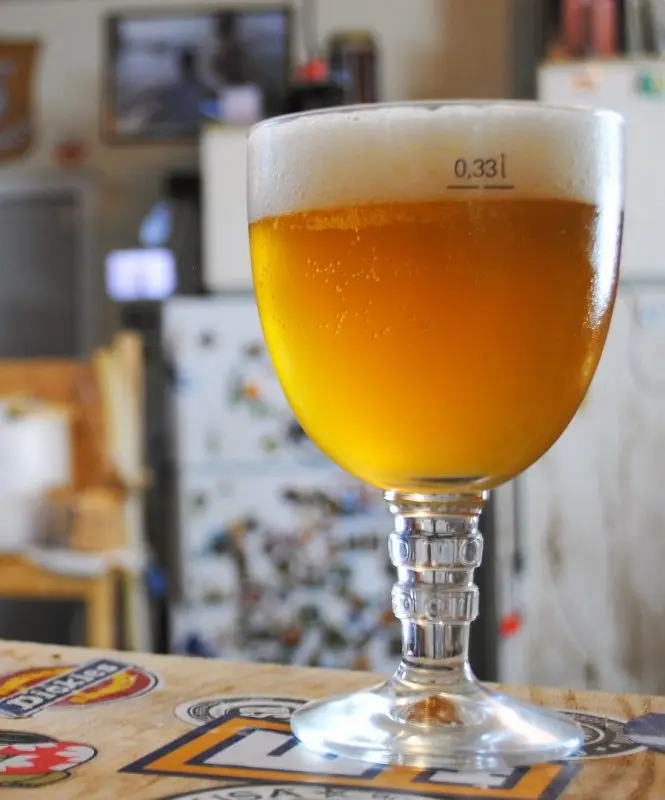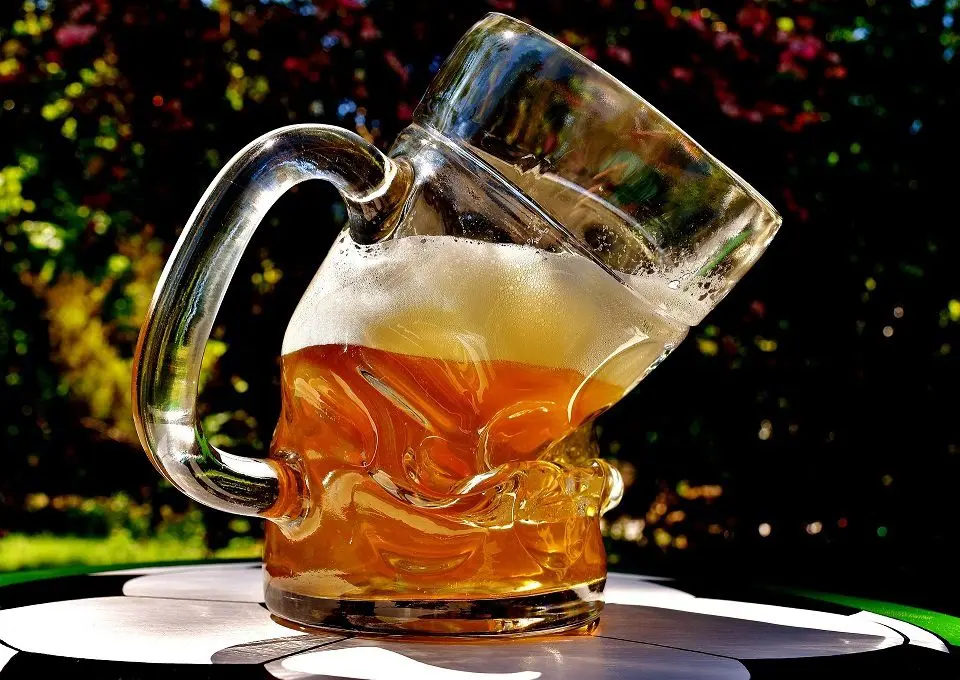Quality beer is a refreshing drink with a harmonious balance of bitterness, acidity and sweetness. Violation of technology and storage rules causes undesirable reactions – the product changes its taste and aroma, and its use can cause negative health effects. Next, we will understand why pathogenic processes occur in the drink and whether it is possible to drink sour beer.
Why does beer sour
First of all, it is necessary to separate the spoiled product from beer, which is deliberately made sour – the so-called Sour beer. Belgian lambic, gueuze, Flanders ale are traditional types of foamy drink with high acidity. The unusual citrus flavor is achieved through a carefully selected combination of wild yeast and bacteria, acidified malt and fruit additives. Sour undertones are normal in these styles of beer.

In other cases, the change in the taste profile of beer is the result of pathogenic processes, the cause of which is most often the contact of the drink with oxygen. The element is necessary for the vital activity of yeast, therefore, fungi almost completely consume O2 that got into the wort before the introduction of strains. The normal concentration of oxygen in young beer is less than 0,1 mg per liter. Contact with air when pumping the wort into the tank does not affect the quality of the drink – the rapid fermentation process in the tank filled to the top reduces the oxygen concentration to a minimum.
The danger of oxidation is especially great when the beer is pumped into a system for filtration or separation. At industrial enterprises, air is replaced with carbon dioxide, including during bottling. Before the advent of modern equipment, contact with oxygen was the main reason for the instability of domestic beer – during long-term storage, yeast and acetic acid bacteria multiplied in the drink, which caused cloudiness and sedimentation. Modern equipment allows factories to produce high-quality and stable beer that can be stored for a long time.
Violations in production technology can lead to souring of beer. Sources of infection are:
- poorly purified water;
- air with microparticles of yeast and malt;
- infected yeast;
- irregular disinfection of equipment;
- dirty hands and clothes of employees.
Today, even small craft breweries, not to mention large enterprises, check the quality of products. In laboratories, the composition of each batch of foamy drink is analyzed, which eliminates the bottling of a low-quality product.

Most often, beer spoils when the conditions of transportation and storage are violated. High temperatures and direct sunlight in shops, dirty hoses and faucets at craft beer outlets, and bottling in not too clean containers are the most common causes of souring.
How to tell if a beer is sour
Acetobacteraceae bacteria, which break down ethanol to acetic acid, give the sour taste to beer. A favorable environment for them is unpasteurized and unfiltered varieties, where microorganisms actively grow and multiply. A spoiled drink can be identified by its characteristic odor and the film that bacteria form on the surface.
It is not uncommon for homebrewers to deal with the oxidation that occurs when beer is overflowed after fermentation is complete. As a result, unsaturated aldehyde 2-nonenal is formed in light varieties, which gives the drink shades of stale cardboard and old lipstick. In ales and porters, oxygen causes vinous tones, which bring dissonance to the bouquet and clog the malt and hops. Spoil the taste of beer wild yeast, which gets into the finished drink when sterility is violated.
Bacterial contamination makes sour beer dangerous to health. The process is manifested in a change in color and the appearance of a putrid odor. Such a product is not recommended to be used even for the distillation of distillate, it is safer to just pour it out. Prolonged exposure of the beverage container to direct sunlight can lead to the formation of particularly toxic ethanethiol, the presence of which can be easily identified by the smell of household gas.
In spoiled bottled beer, as a rule, sediment appears. The color of the drink becomes cloudy, and sour tones are clearly present in the smell. Increased foaming may occur in the glass. If the color and aroma of the product are suspicious, it is better to get rid of it immediately.
In draft sour beer, in addition to the sour smell, aromas of yeast, apples or grass can be felt, which indicates a violation of production technology. Poorly washed kegs are the result of the appearance of large flakes that are clearly visible in the light. Before buying beer in dubious places, it is recommended to first evaluate its quality in order to avoid health problems.

Is it possible to drink sour beer
The result of drinking spoiled sour beer is food poisoning, which occurs after a few hours. Symptoms: nausea, vomiting, dehydration, fever and general weakness. First aid consists in gastric lavage, intake of adsorbents, fluid replenishment.
Poisoning by ethanethiol contained in beer in everyday life is rare. The element has a neurotoxic effect, therefore, at the slightest suspicion of the presence of ethanethiol in a spoiled product, you should immediately seek medical help.









